Home>Garden Essentials>How To Save Raspberry Seeds
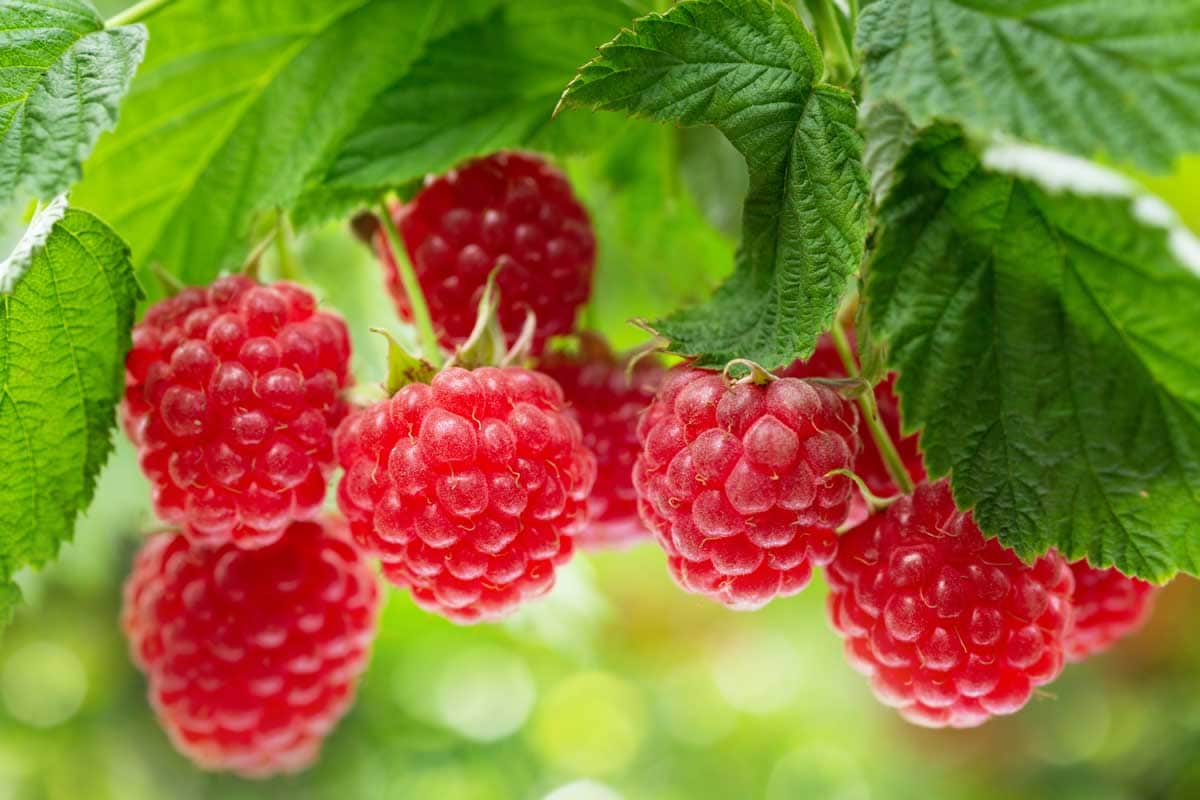

Garden Essentials
How To Save Raspberry Seeds
Modified: March 15, 2024
Learn how to save and germinate raspberry seeds in your garden with this step-by-step guide. Start growing your own delicious raspberries today!
(Many of the links in this article redirect to a specific reviewed product. Your purchase of these products through affiliate links helps to generate commission for Storables.com, at no extra cost. Learn more)
Introduction
Gardening enthusiasts often find joy in growing their own plants from seeds. It’s a rewarding process that allows you to witness the entire life cycle of a plant, from the tiny seed to a vibrant, blossoming specimen. While many gardeners are familiar with saving seeds from vegetables and flowers, saving seeds from fruits like raspberries may be less common.
Raspberry plants are known for their delicious, juicy berries that are bursting with flavor. If you’ve ever wondered how to save raspberry seeds and grow your own raspberry plants, you’re in the right place. In this article, we’ll guide you through the process of saving raspberry seeds, from harvesting to storage, so you can embark on a fruitful gardening journey.
Before we delve into the steps of saving raspberry seeds, it’s important to note that not all raspberry varieties produce true-to-type plants from seeds. Raspberries are typically propagated through vegetative methods, such as division or cuttings, to ensure the desired characteristics of the parent plant are preserved. Nonetheless, saving raspberry seeds can still be a fun and experimental way to explore different flavors and traits.
Key Takeaways:
- Save ripe raspberries, clean the seeds, and store them in a cool, dark place with a desiccant to grow your own raspberry plants from scratch. It’s a fun and experimental way to explore different flavors and traits!
- Harvest fully ripe raspberries, gently clean the seeds, and store them properly for future planting. While they may not produce true-to-type plants, saving raspberry seeds can be a rewarding gardening adventure!
Read more: How To Strain Seeds From Raspberries
Step 1: Harvesting Ripe Raspberry Seeds
The first step in saving raspberry seeds is harvesting the ripe berries. Raspberries are ready for harvesting when they are fully colored, plump, and easily detach from the plant with a gentle tug. They should be slightly soft to the touch but not mushy.
Choose berries that are at the peak of ripeness, as this ensures that the seeds inside are mature and more likely to germinate successfully. Avoid picking overripe or underripe berries, as they may not yield viable seeds.
To harvest the raspberries, gently hold the berry at the base with your thumb and forefinger and give it a slight twist. The ripe berry should easily detach from its stem. Be mindful not to squeeze or crush the berries as this can damage the seeds.
It’s important to note that raspberries are aggregates of smaller drupelets, each containing a seed. To extract the seeds, you will need to separate the drupelets from the fruit pulp. This can be done by gently crushing or mashing the raspberries.
Using a fine-mesh sieve, strain the raspberry pulp to separate the seeds from the pulp. Rinse the seeds under cool, running water to remove any remaining fruit residue. Be careful not to wash away the tiny seeds.
Once you have separated and cleaned the raspberry seeds, move on to the next step: preparing them for storage.
Step 2: Cleaning the Raspberry Seeds
After harvesting the raspberry seeds, it’s important to properly clean them to remove any remaining pulp and debris. Cleaning the seeds will help prevent mold and bacteria growth during storage and increase their chances of successful germination.
To clean the raspberry seeds, you will need a small bowl or container, water, and a fine-mesh sieve or strainer. Here’s how to proceed:
- Place the harvested raspberry seeds in a small bowl or container.
- Add enough water to cover the seeds and gently stir them with a spoon or your fingertips. This will help loosen any remaining pulp clinging to the seeds.
- Allow the seeds to soak in the water for a few minutes.
- Next, pour the contents of the bowl through a fine-mesh sieve or strainer. Make sure to catch the seeds while allowing the water and pulp to drain away.
- Rinse the seeds under cool, running water to further remove any residue.
- Gently pat the seeds dry with a clean towel or paper towel. Avoid rubbing the seeds too vigorously, as this may cause damage.
- Inspect the cleaned seeds carefully, discarding any seeds that appear shriveled, discolored, or otherwise damaged.
- Once you have cleaned and inspected the raspberry seeds, they are now ready for the next step: preparing them for storage.
Properly cleaning the raspberry seeds ensures that they remain healthy and viable during storage, increasing the likelihood of successful germination when you’re ready to plant them.
After enjoying fresh raspberries, spread the seeds on a paper towel to dry for a few days. Once dry, store them in a cool, dry place until ready to plant.
Step 3: Preparing the Raspberry Seeds for Storage
Preparing the raspberry seeds for storage is crucial in maintaining their viability and preventing them from deteriorating over time. Follow these steps to ensure your seeds are properly prepared:
- Spread the cleaned raspberry seeds out on a clean, dry paper towel or a flat surface.
- Allow the seeds to air dry completely. This may take a few days, depending on the humidity levels in your environment.
- Avoid drying the seeds in direct sunlight, as excessive heat can damage them.
- During the drying process, gently mix or roll the seeds occasionally to prevent them from sticking together.
- Once the seeds are thoroughly dry, transfer them to a small envelope, paper bag, or airtight container.
- Label the container with the date of collection and the specific raspberry variety, if known. This will help you keep track of your saved seeds.
It’s important to store the raspberry seeds in a cool, dark, and dry place to maintain their viability. Excessive moisture, heat, or exposure to light can reduce the germination rate of the seeds.
Following these steps will help ensure that your raspberry seeds remain in good condition and ready for future sowing. Now, let’s move on to the final step: storing the raspberry seeds properly.
Step 4: Storing Raspberry Seeds Properly
Storing raspberry seeds properly is essential to maintain their viability and ensure they remain viable for future use. Here are the steps to follow for proper seed storage:
- Choose an appropriate storage container for your raspberry seeds. It should be airtight and moisture-resistant to protect the seeds from humidity and external contaminants.
- Consider using small glass jars with tight-fitting lids or sealed plastic bags designed for seed storage.
- Place the labeled and dried raspberry seeds into the storage container.
- Add a desiccant packet or a small sachet of silica gel to absorb any excess moisture and maintain a dry environment inside the container. This helps to prevent mold or degradation of the seeds.
- Store the container in a cool and dark location. The ideal storage temperature for raspberry seeds is around 32°F to 41°F (0°C to 5°C).
- Avoid storing the seeds in areas that fluctuate in temperature or are exposed to direct sunlight.
- Check the container periodically to ensure there are no signs of moisture or mold growth. If necessary, replace the desiccant packet or silica gel to maintain a dry environment.
When stored properly, raspberry seeds can remain viable for several years. However, it’s best to use them within one to two years to maximize germination success.
Remember to keep a record of your stored raspberry seeds, noting the variety and the date of collection. This will help you stay organized and make it easier to locate the seeds when you’re ready to plant them.
By following these storage guidelines, you can preserve the quality and viability of your raspberry seeds, ensuring a higher chance of successful germination when the time comes.
Read more: How To Get Seeds Out Of Raspberries
Conclusion
Saving raspberry seeds allows you to explore the world of raspberry varieties and grow your own plants from scratch. While raspberry plants are typically propagated through vegetative methods, such as division or cuttings, saving their seeds can still be a fun and experimental endeavor.
Throughout this article, we’ve walked you through the process of saving raspberry seeds. From harvesting ripe berries to cleaning and preparing the seeds for storage, each step is crucial in ensuring the viability of the seeds and their successful germination in the future.
Remember to choose fully ripe raspberries for seed harvesting, and clean the seeds thoroughly to remove any pulp or debris. Properly drying the seeds and storing them in a cool, dark, and dry place with the aid of a desiccant packet or silica gel will help maintain their quality over time.
It’s important to note that while raspberry seeds can be saved and planted, they may not produce true-to-type plants. Raspberry varieties are often maintained through vegetative propagation, ensuring the preservation of desired traits. Nevertheless, saving raspberry seeds can still be an enjoyable way to explore different flavors and characteristics that may emerge.
So, if you’re a gardening enthusiast looking to embark on a new botanical adventure, consider saving raspberry seeds and watching as they grow into unique plants. With patience and care, you may be rewarded with delicious berries and the satisfaction of nurturing life from a tiny seed.
Happy gardening!
Frequently Asked Questions about How To Save Raspberry Seeds
Was this page helpful?
At Storables.com, we guarantee accurate and reliable information. Our content, validated by Expert Board Contributors, is crafted following stringent Editorial Policies. We're committed to providing you with well-researched, expert-backed insights for all your informational needs.
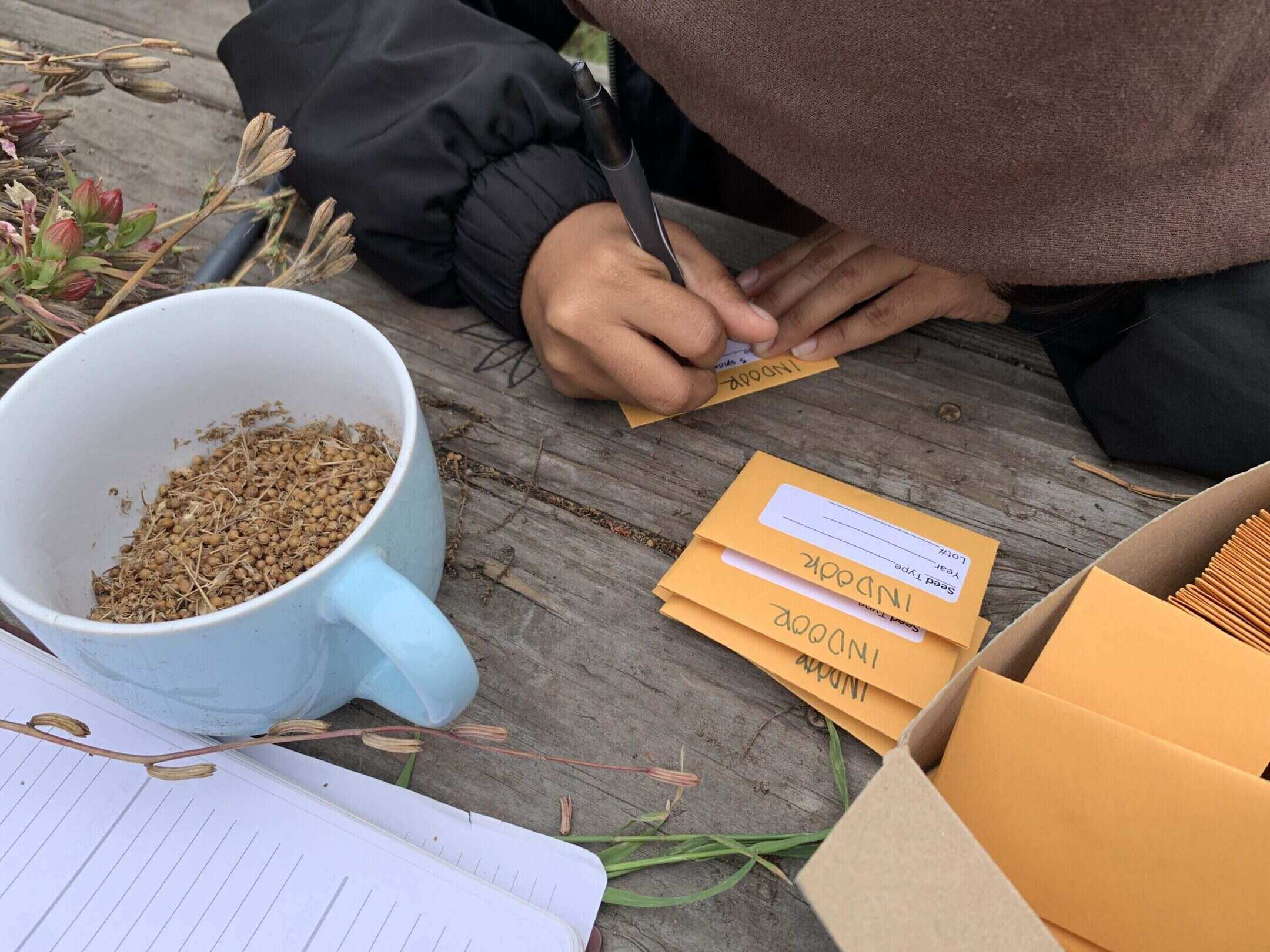
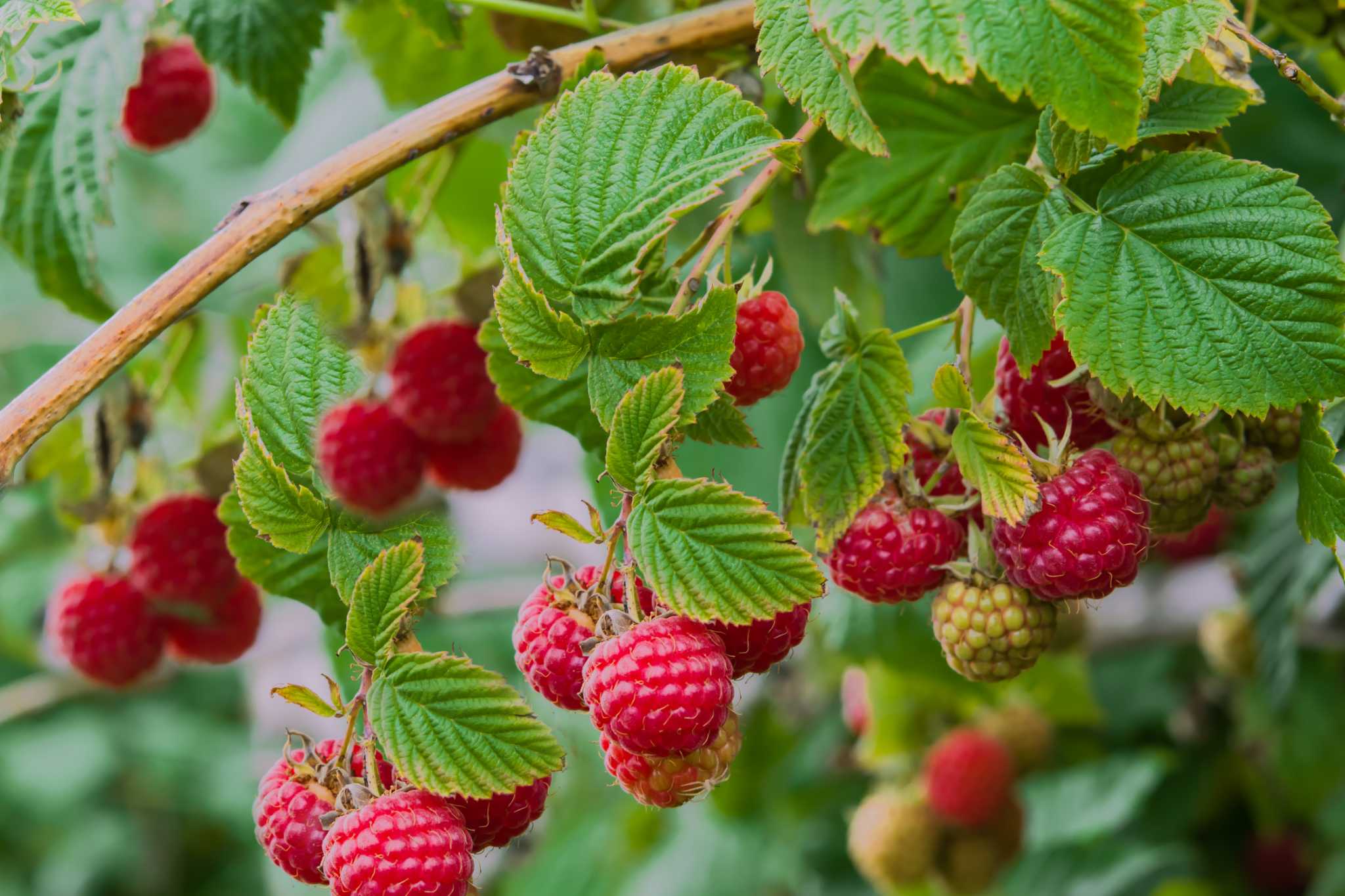
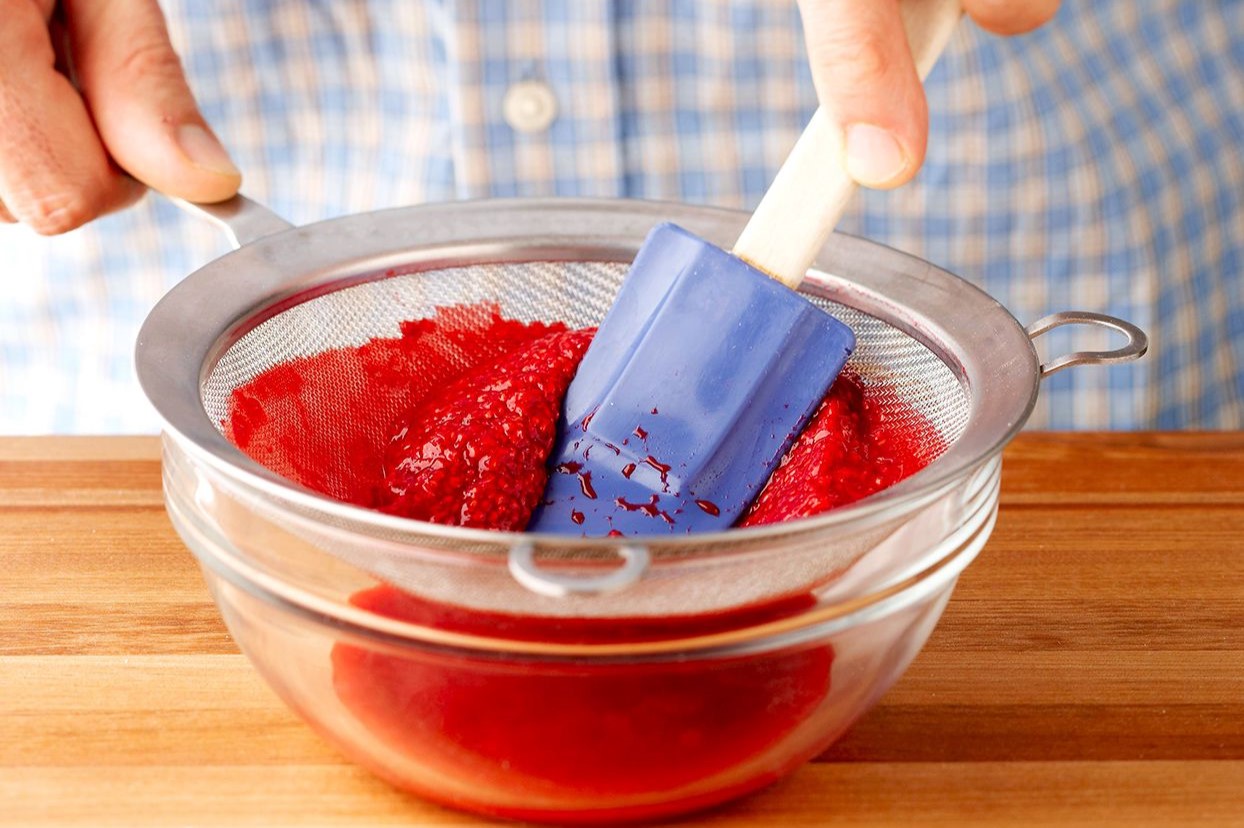
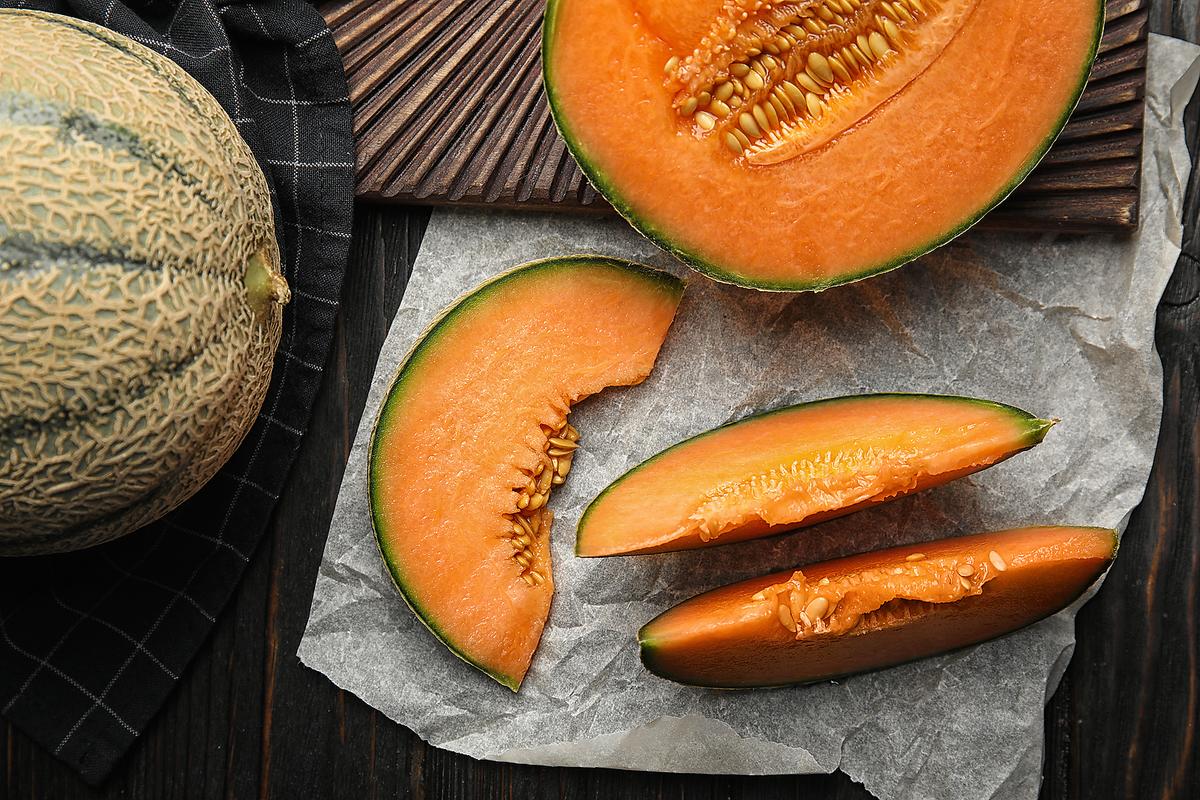
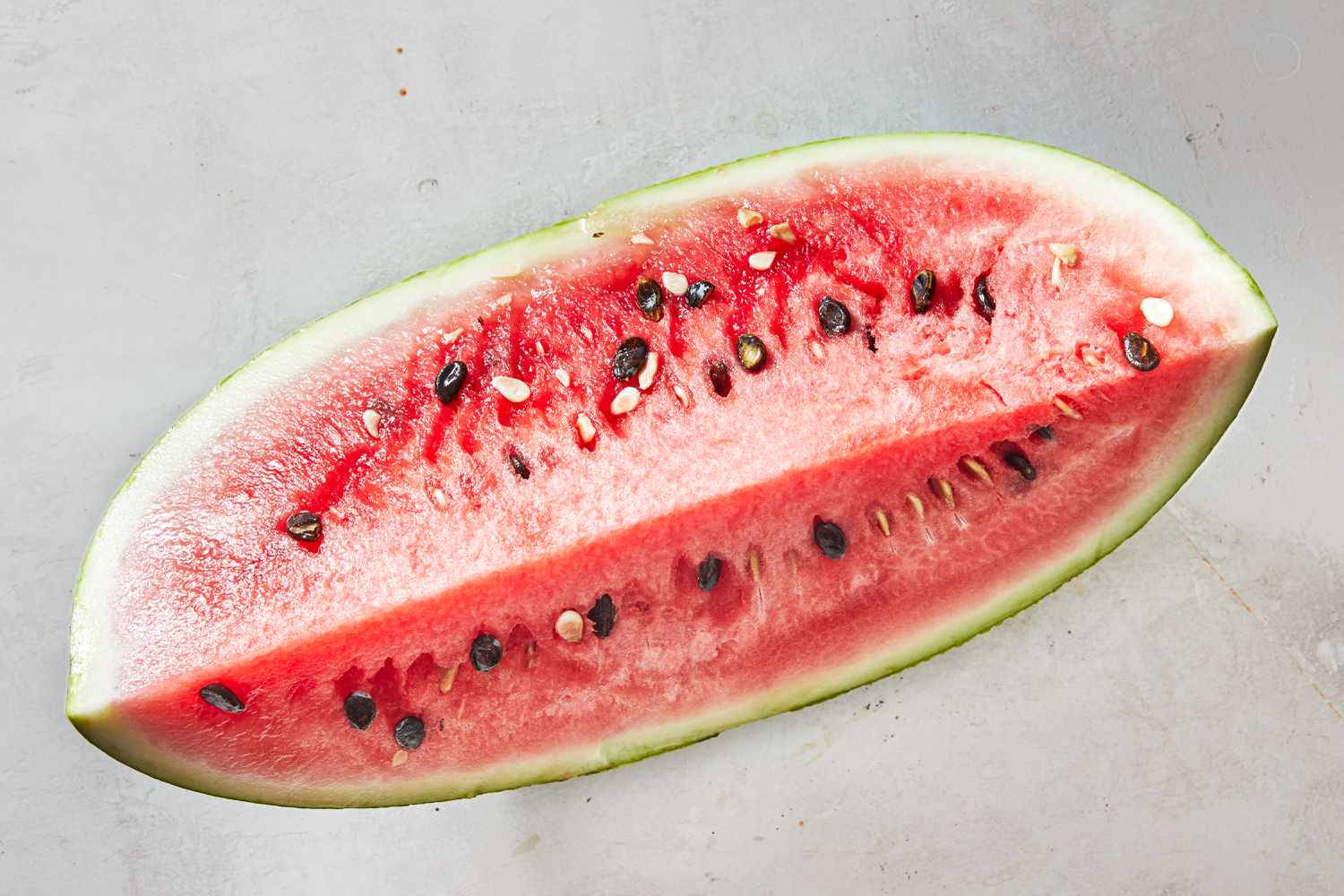
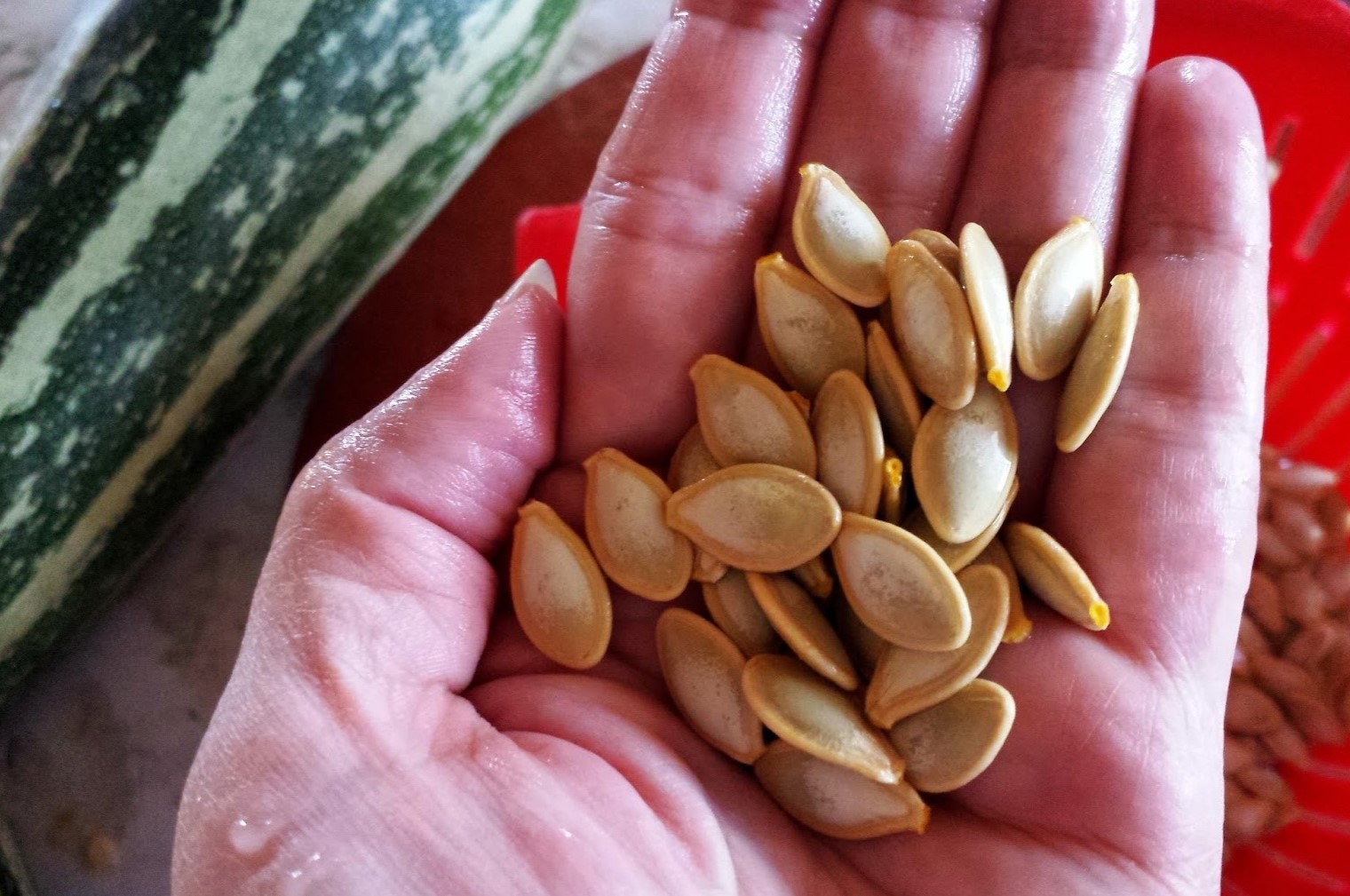
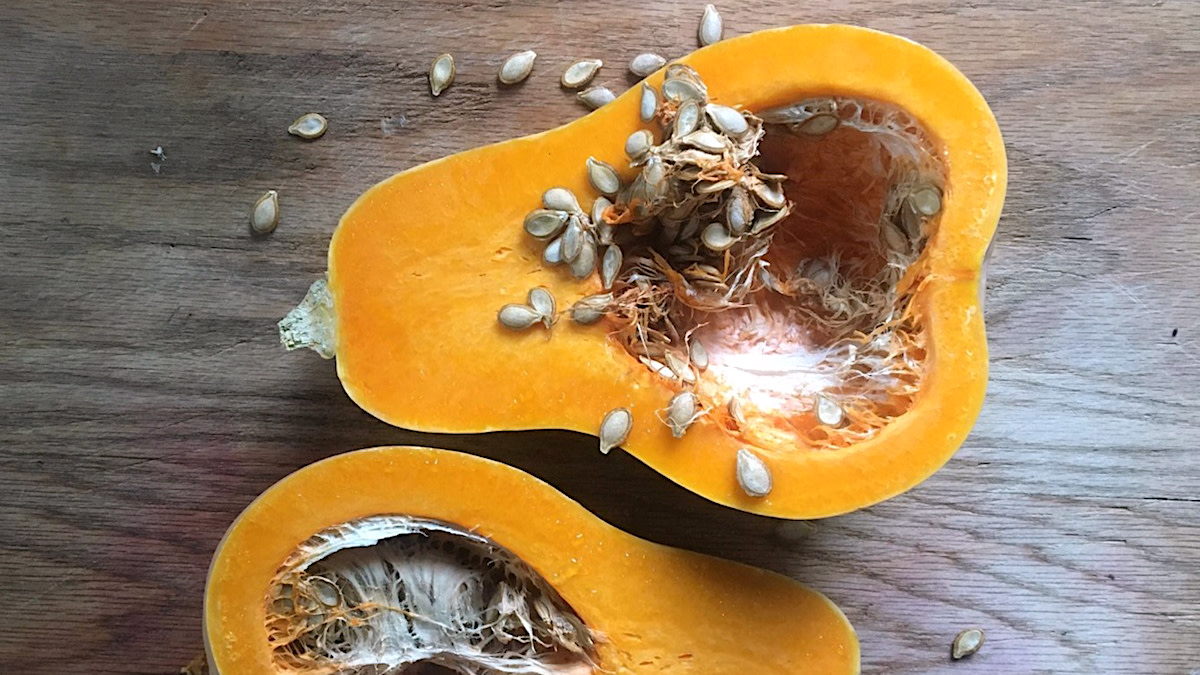
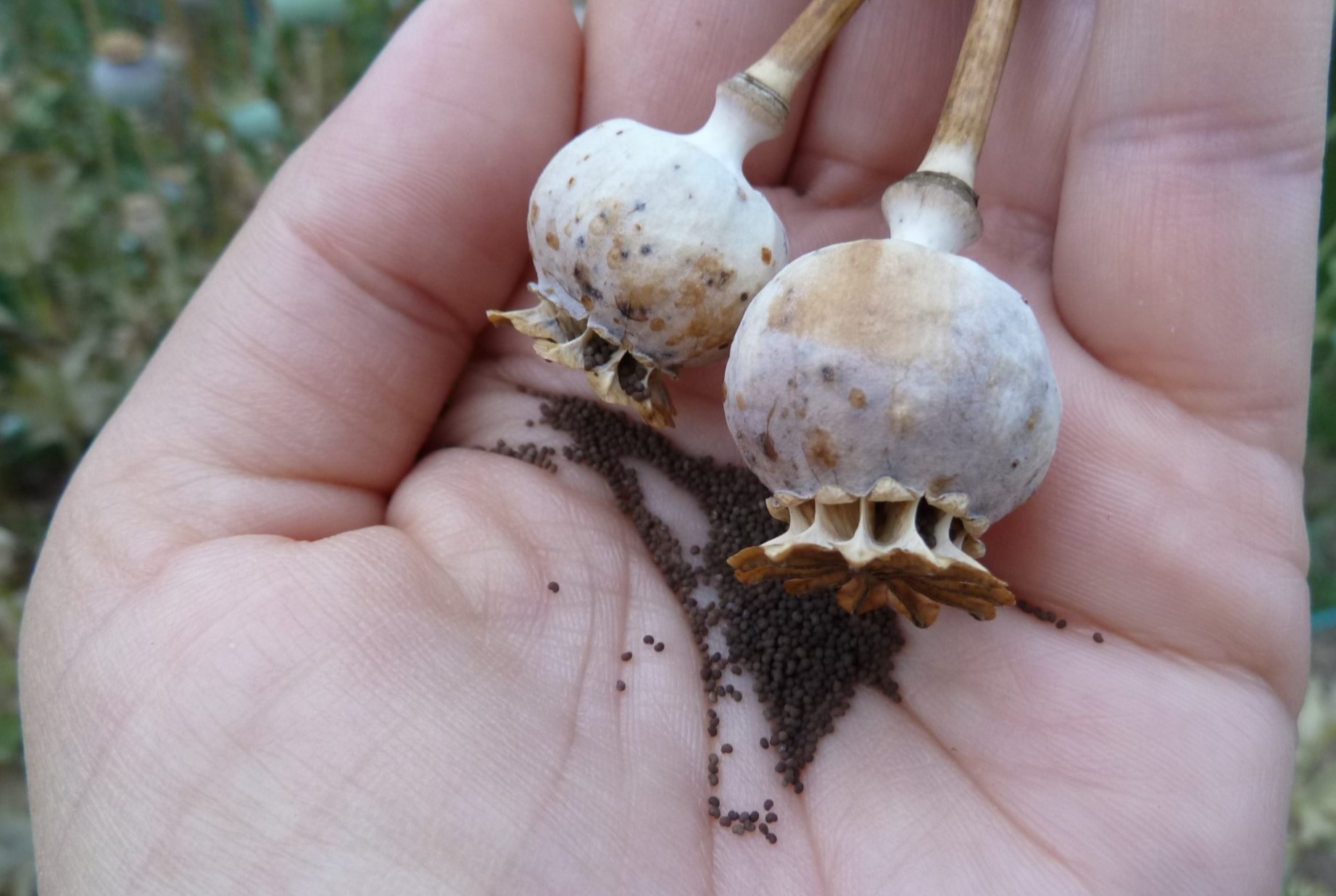
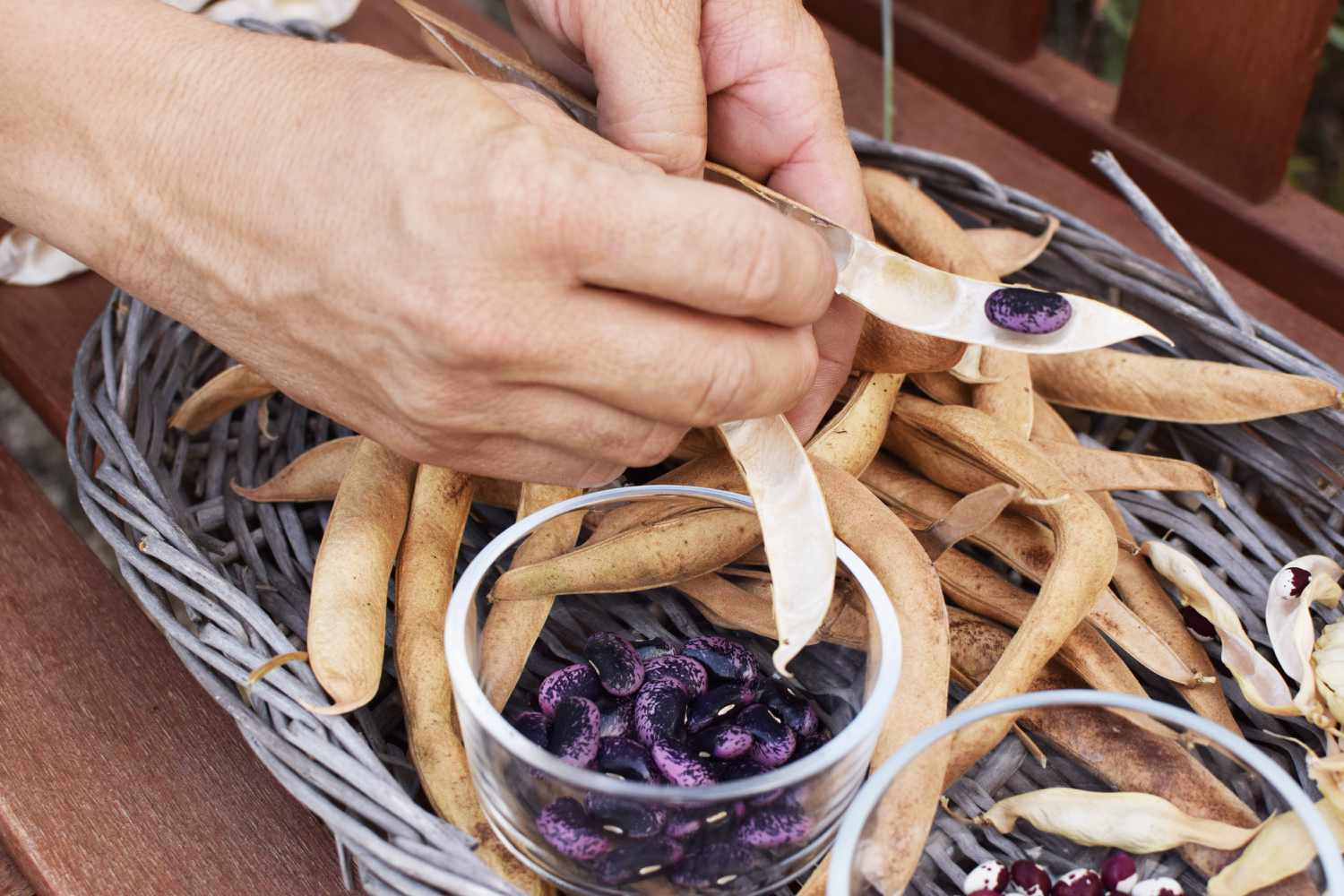
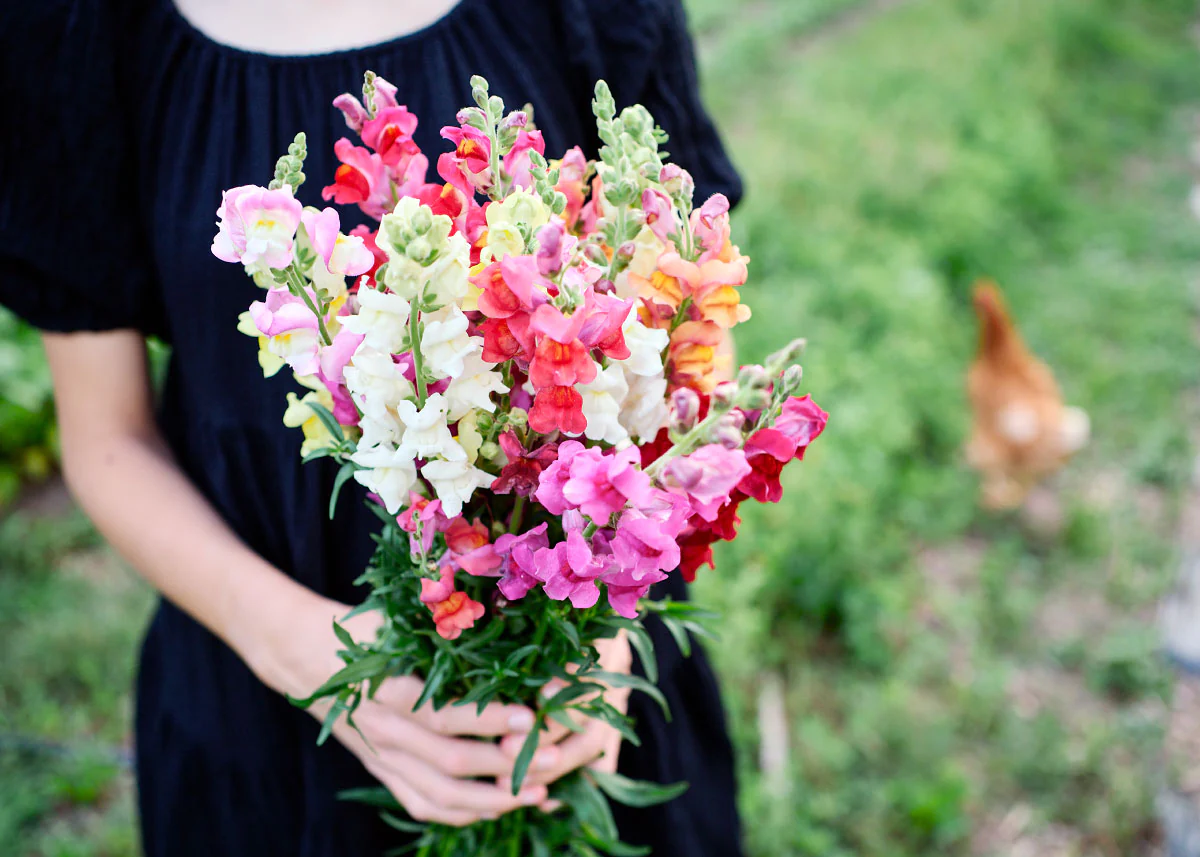
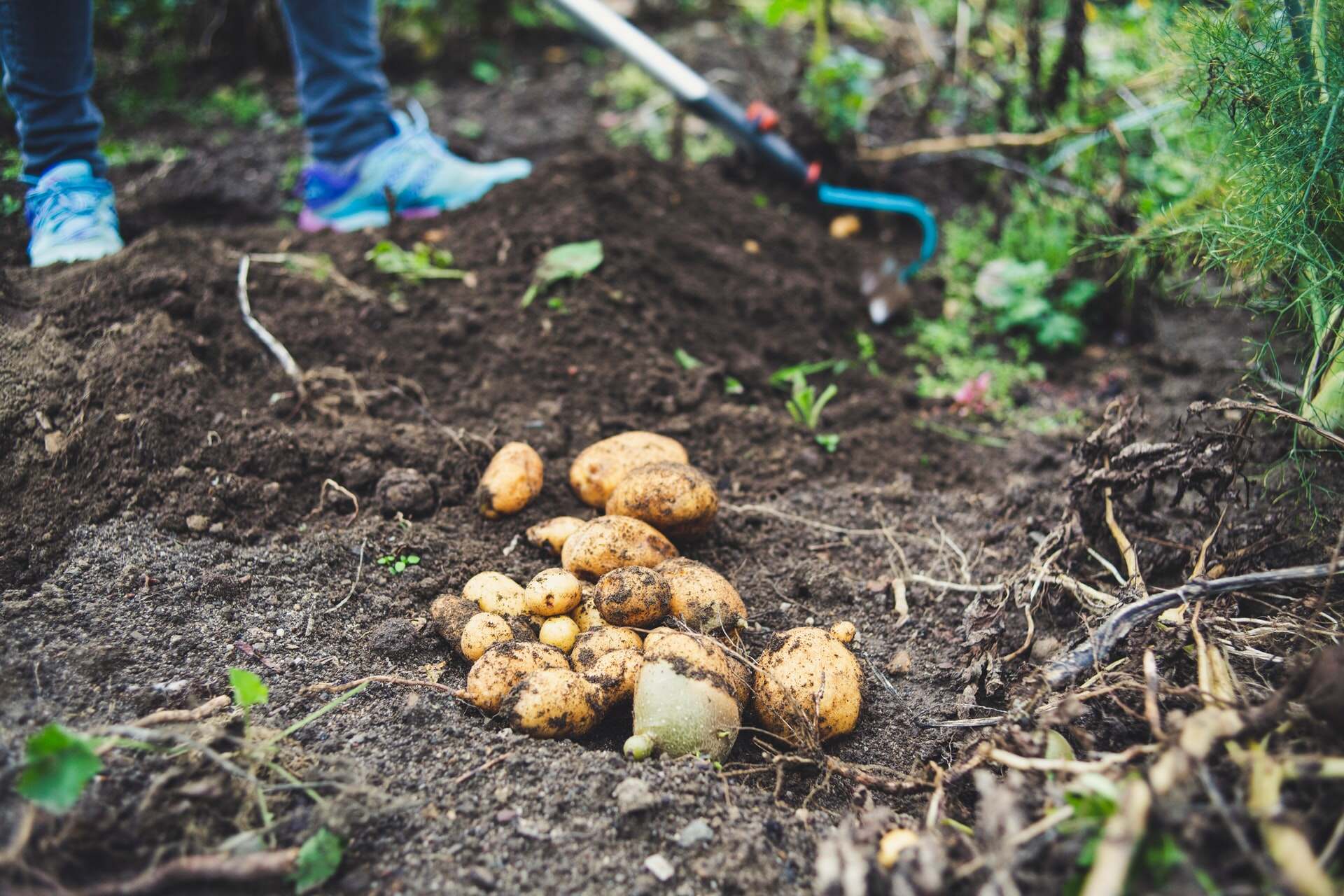
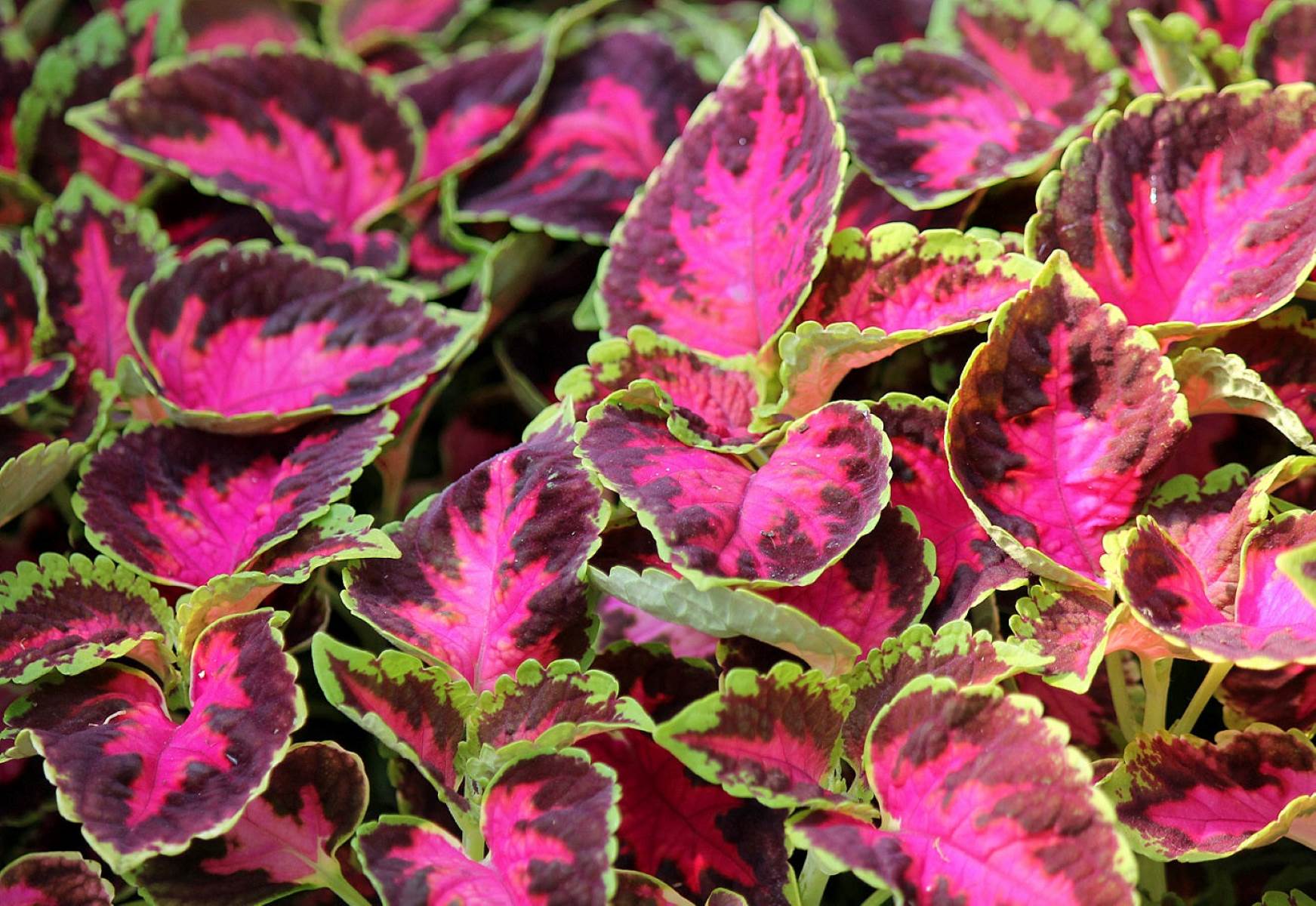
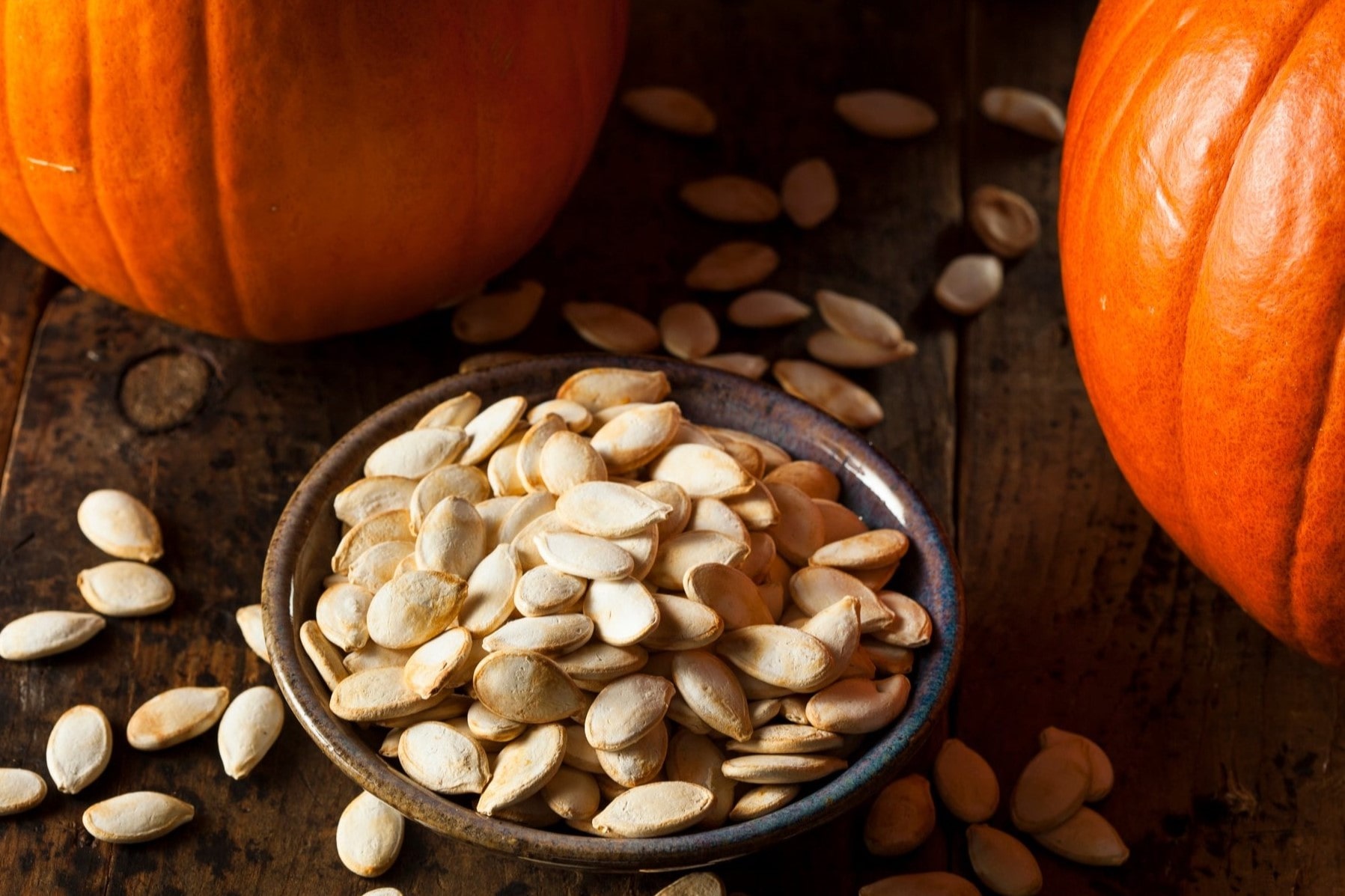
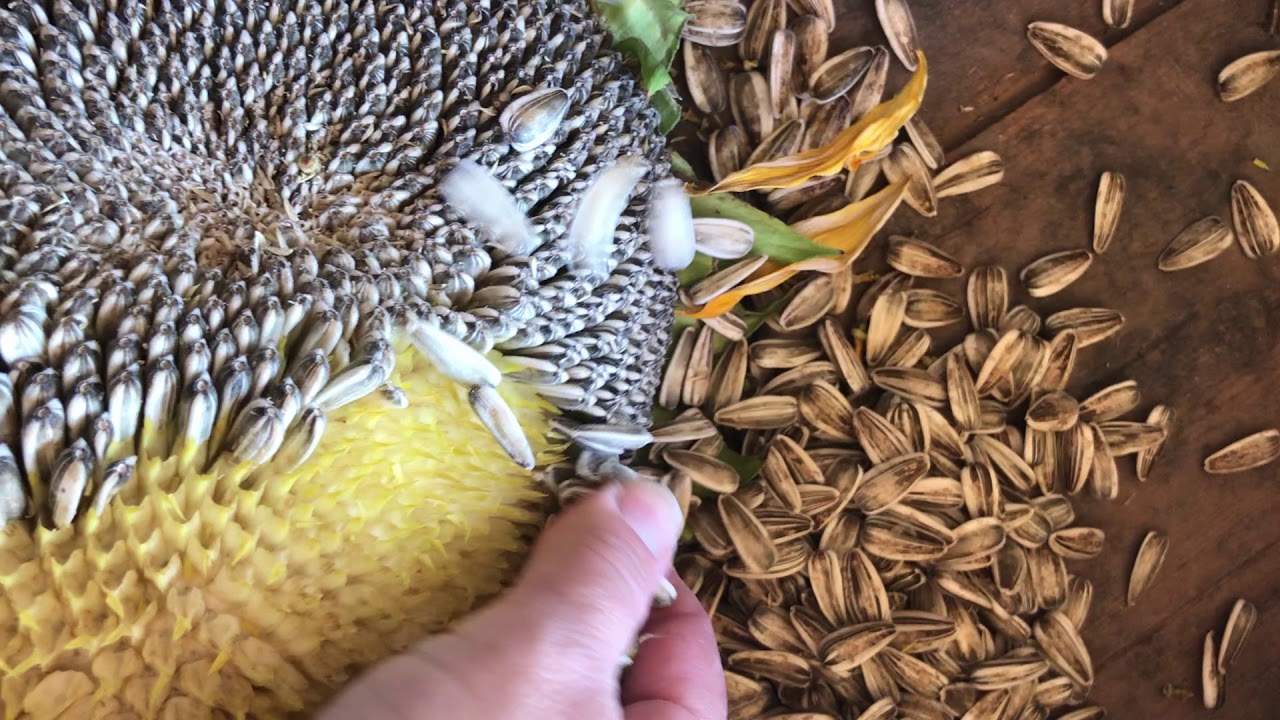

0 thoughts on “How To Save Raspberry Seeds”